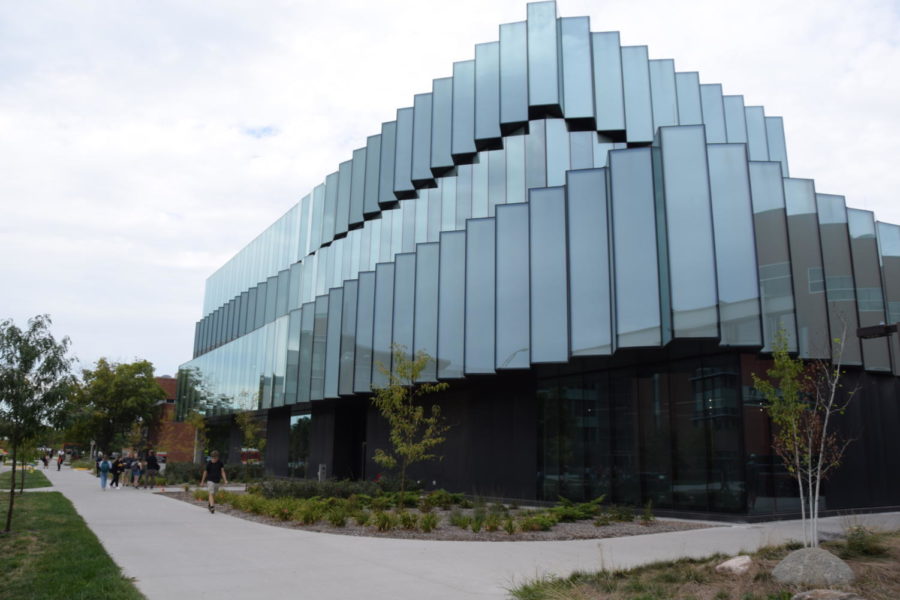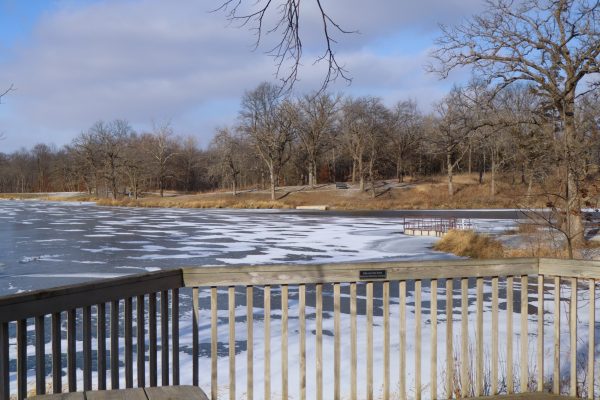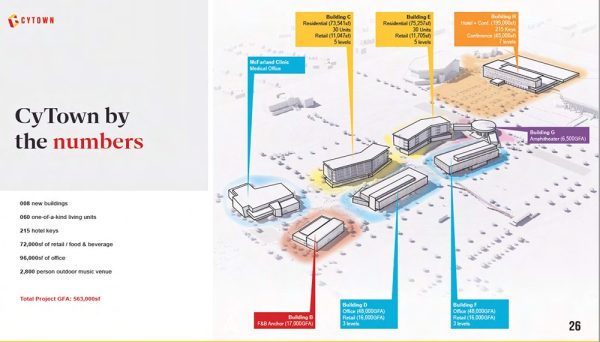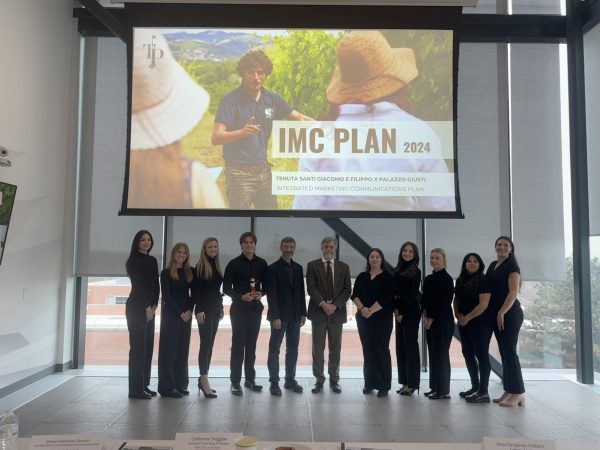Student Innovation Center celebrates open Makerspaces
The Student Innovation Center held an open house Thursday night after opening the various Makers Spaces to students.
The Student Innovation Center showcased newly opened Makerspaces at an open house Thursday night.
“That’s what we’re hoping to show off here is we’re finally open for business, fully functional, fully staffed — we’re open late now, from Sunday to Thursday nights were open until 2 a.m., and shops are open seven days a week, nine in the morning till eight at night,” said Jim Oliver, director of the Student Innovation Center.
The Student Innovation Center’s long hours appease the many clubs that rely on the facilities to complete various projects.
“The building’s open for students to work till the wee hours, so it’s just really exciting; all the machines are working, everything’s ready for use,” Oliver said. “That’s why we wanted to throw the doors open and make sure everybody knew they were welcome.”
While the Student Innovation Center officially opened two years ago, many of the Makerspaces are just now opening for interested students. Staffing the spaces and preparing the necessary training materials proved challenging, but the building is now officially up and running.
“The last two years, you know, we opened in this time of year 2020, and between supply chain and staffing issues, it was very slow, very difficult, but now we’re firing on all cylinders,” Oliver said.
Iowa State brought new staff members on board to help supervise the Makerspaces, ensuring students follow proper safety measures and procedures.
“This lab [ground level Metal and Wood Shop] is open to anybody that’s part of Iowa State,” said Jon Hamborg, one of the Student Innovation Center’s shop supervisors. “Anybody can come in and get trained and use the equipment, but there are steps in terms of required training. The safety training, six training [sessions] are pretty fast; then you get scheduled to come in and do some hands-on training.”
Students must complete a series of online courses through Canvas before accessing the Metal and Wood Shop. After the online training, students can schedule a time to come into the Student Innovation Center and receive a hands-on tutorial on the equipment they plan on using.
“We treat everybody like they’ve never used it before, just so we’re sure we’re on the same page on how we want to do it,” Hamborg said. “It’s good If you have two or three people that can come in at a time; sometimes, depending on the piece of equipment, you can train more than one person at a time.”
As word of the shops opening up spreads, Hamborg expects more people to want to take the training courses and get started in the shop. Already busy training students, shop supervisors anticipate a wait list for students to receive access to the shop.
The Student Innovation Center provides a venue for clubs and student organizations like SAE and PrISUm to work on their automotive creations.

SAE and PrISUm were present at the event to showcase their variety of projects. The Student Innovation Center’s lower-level shops provide a space dedicated to clubs allowing them to work on their projects without competing for space with classes, researchers and other students.
“We’ve been in the downstairs shop for about a year and a half now,” said Alex Rickabaugh, a senior in mechanical engineering and technical director of the Formula SAE team. “We’ve just started to get access to some machines this last year, at the end of the year, so we’re looking forward to actually fully utilizing that space this year.”
Rickabaugh said the new space is a significant upgrade from the shops SAE teams worked out of in previous years.
“We used to kind of do a lot of our work over at Boyd, it was the only place to get access to a mill or a lathe, but now they have two mills and two lathes down there specifically for the student organization,” Rickabaugh said. “So should be able to get through a lot faster.”
Andrew Bowen, a junior in cyber security engineering and project director of PrISUm, was also happy with the new facilities available to his team.
“It’s a good workshop with all the tools,” Bowen said. “Like all three printers, we use them constantly. We have an office space, and so that’s just a good space for all our meetings plus a good work spot. The machine shop is right next door, which is super convenient.”
Between PrISUm and the five different SAE teams, the lower-level shops still have a lot of traffic. Still, sharing machines and space proves to be only a small issue for the clubs, who can coordinate and work around each other easily.
“We have a reserved spot, and so it is a little bit small, it’s packed in there tightly, but each club has enough room, and we have a good kind of working relationship with all the other clubs,” Bowen said. “If we need to use a certain tool or certain space, we work it out; it’s usually not a problem.”
Adam Gorine, a sophomore in mechanical engineering and engine lead for the SAE Supermileage team, said the new space has its ups and downs; while a dedicated space does allow for more timely and convenient modifications to be made, the teams do need to work around the hours in which shop supervisors are present.

The Gaffer’s Guild glass-blowing club also showcased its space during the open house. Micheal Skinner, ISU alumni and current Gaffer’s Guild member, demonstrated how to make various decorations and glass items as students passed through.
Jay Maxwell, another ISU alumnus and Gaffer’s Guild member, was present to help run the demonstration. Maxwell said the alumni are encouraged to remain in the club to help share their experience with new club members who typically come and go as years go on.
“This is amazing,” Maxwell said. “Our previous location was hidden away in an old part of the building — Sweeney — and we were hard to see, nobody knew where we were, and all the equipment was built by club members. So this new space is front and center, highly visible top quality equipment, it’s amazing.”
Classes are taught by club member volunteers, so the Gaffer’s Guild works to keep the ratio of students to teachers low so that students get the full attention of teachers. Although this allows members to receive a fuller experience, it has also led to a waiting list for people interested in joining the club.
“You won’t find a better glassblowing studio in the Midwest for sure,” Maxwell said. “Maybe even the country.”
Your donation will support the student journalists of the Iowa State Daily. Your contribution will allow us to purchase equipment, send our student journalists to conferences and off-set their cost of living so they can continue to do best-in-the-nation work at the Iowa State Daily.







